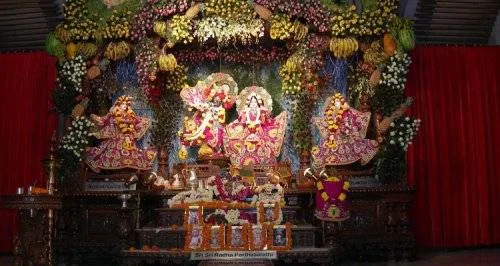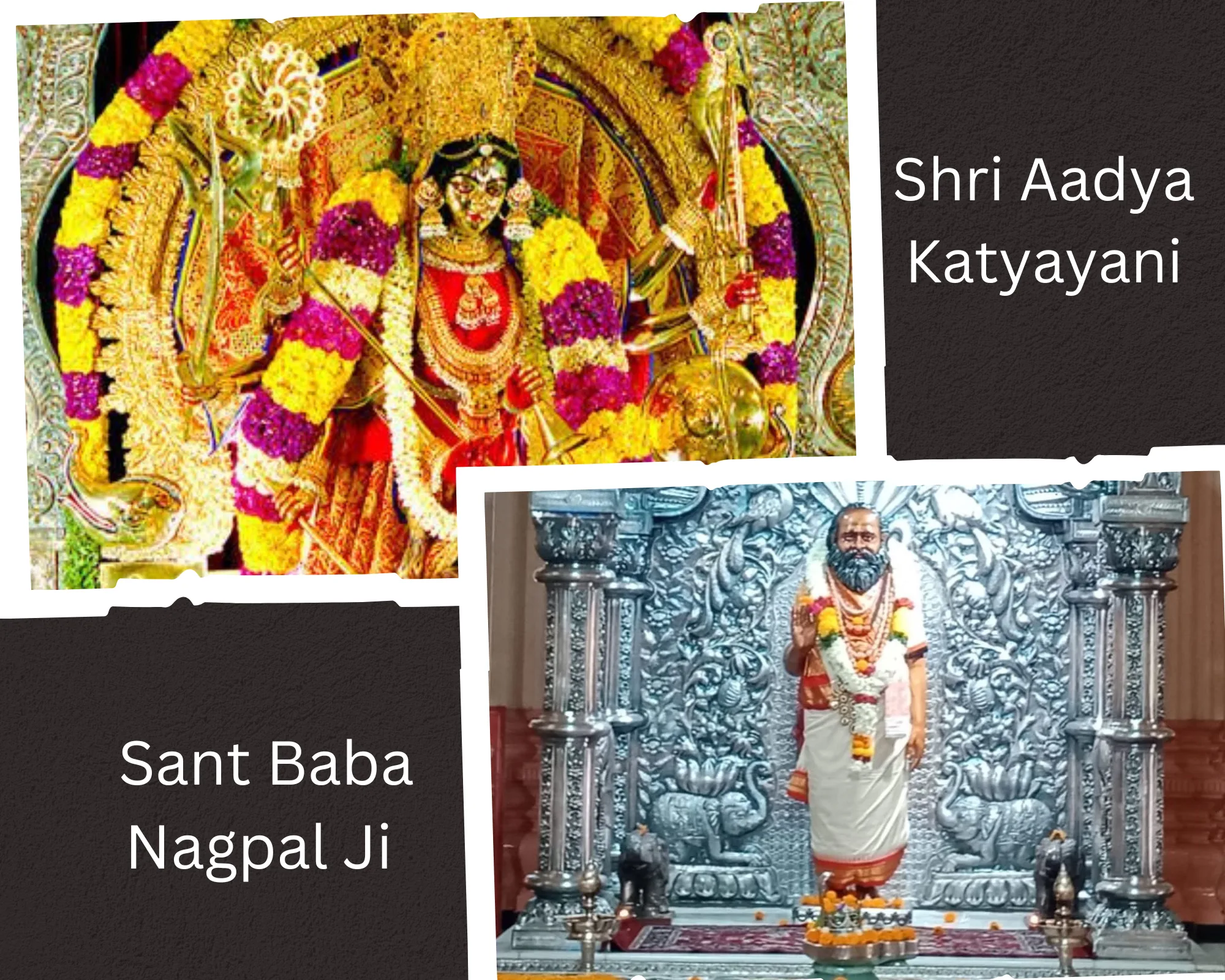Joyful Journey: Exploring the Bright and Positive Spirit of ISKCON Delhi
ISKCON Delhi, renowned as Sri Sri Radha Parthasarathi Mandir, stands as a revered Vaishnav temple dedicated to Lord Krishna and Radharani. The temple’s inauguration on April 5, 1998, was graced by the former Indian Prime Minister, Atal Bihari Vajpayee. Situated in the tranquil Hare Krishna Hills of Sant Nagar, East of Kailash, South Delhi, this … Read more




